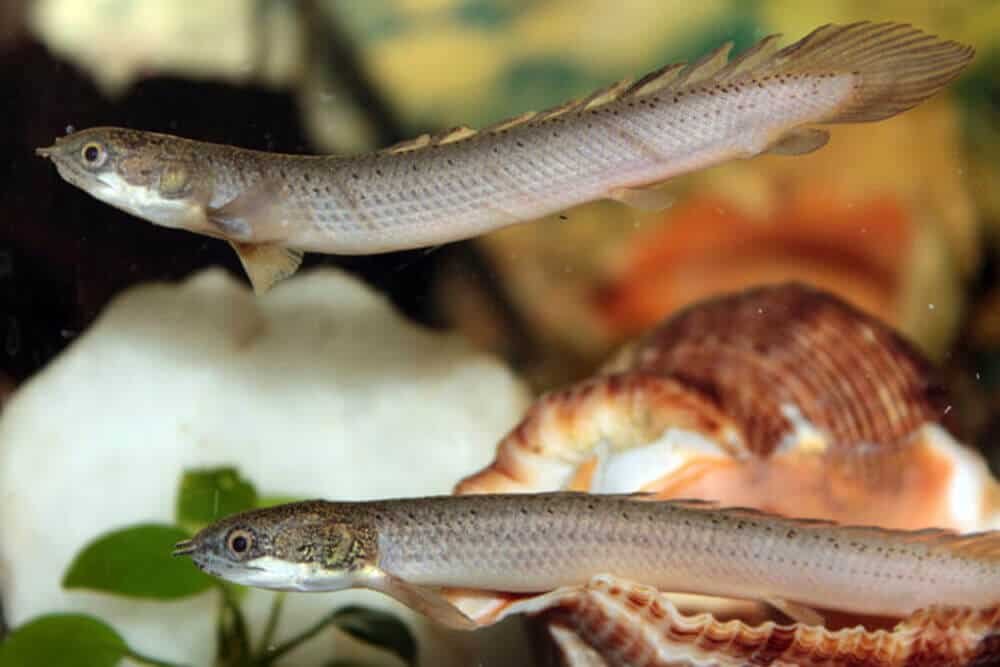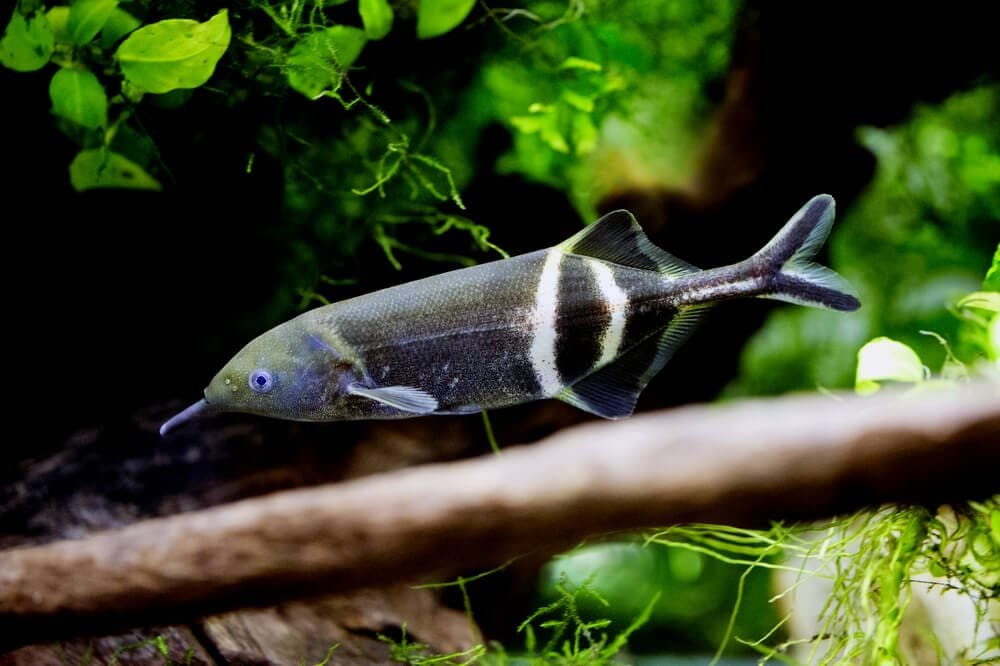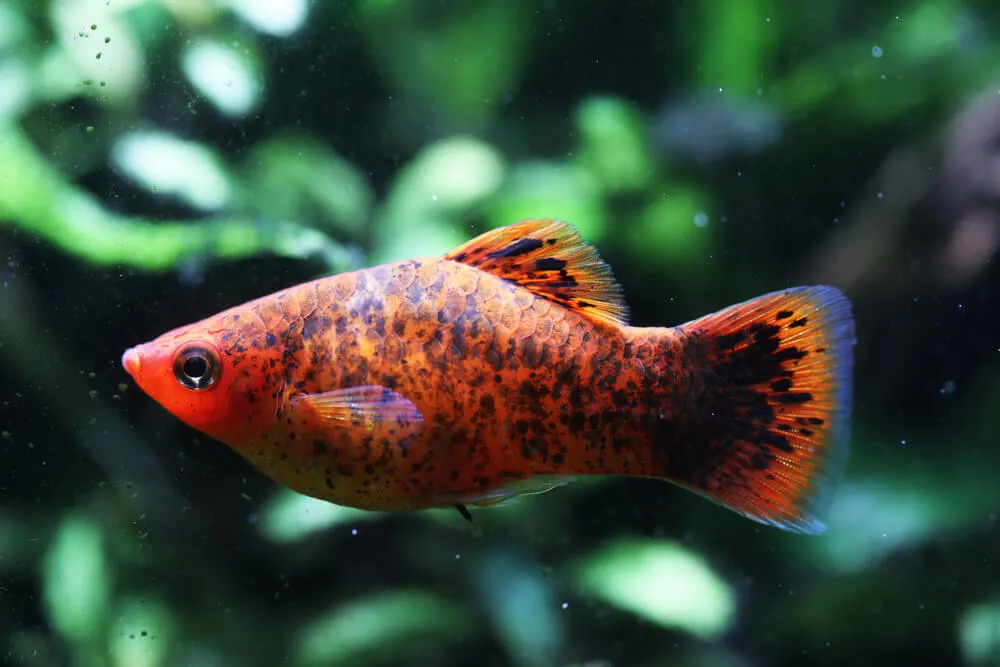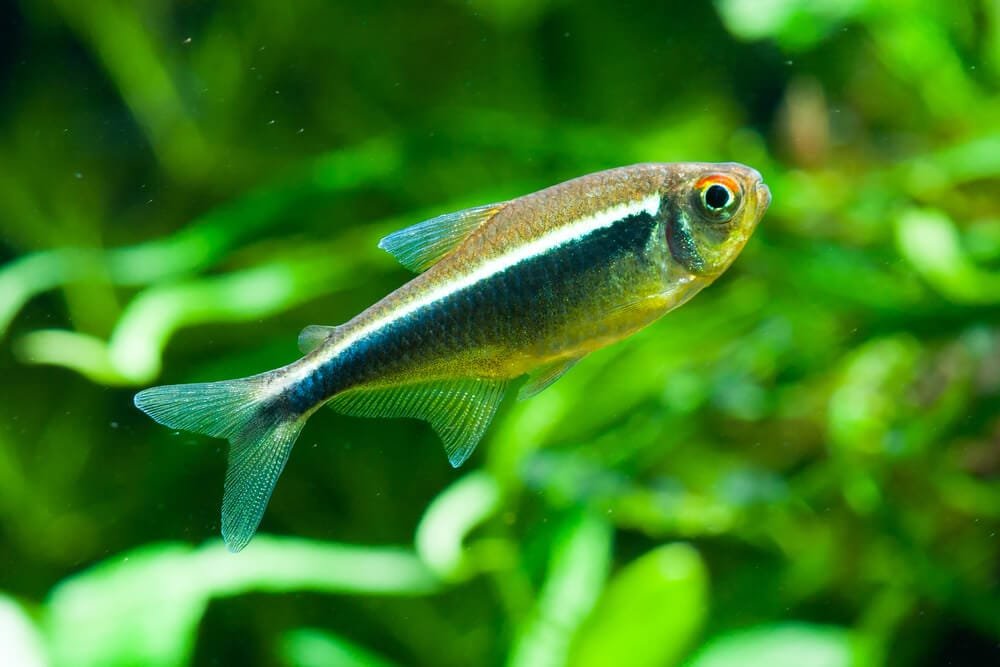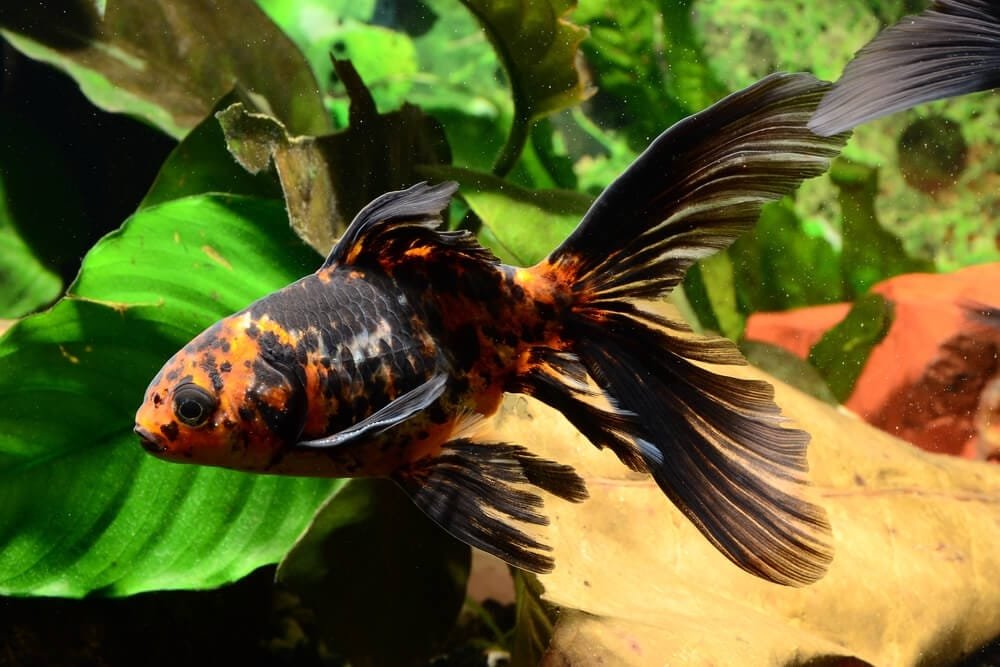Common Pleco Care: Tank Size and Maintenance Essentials
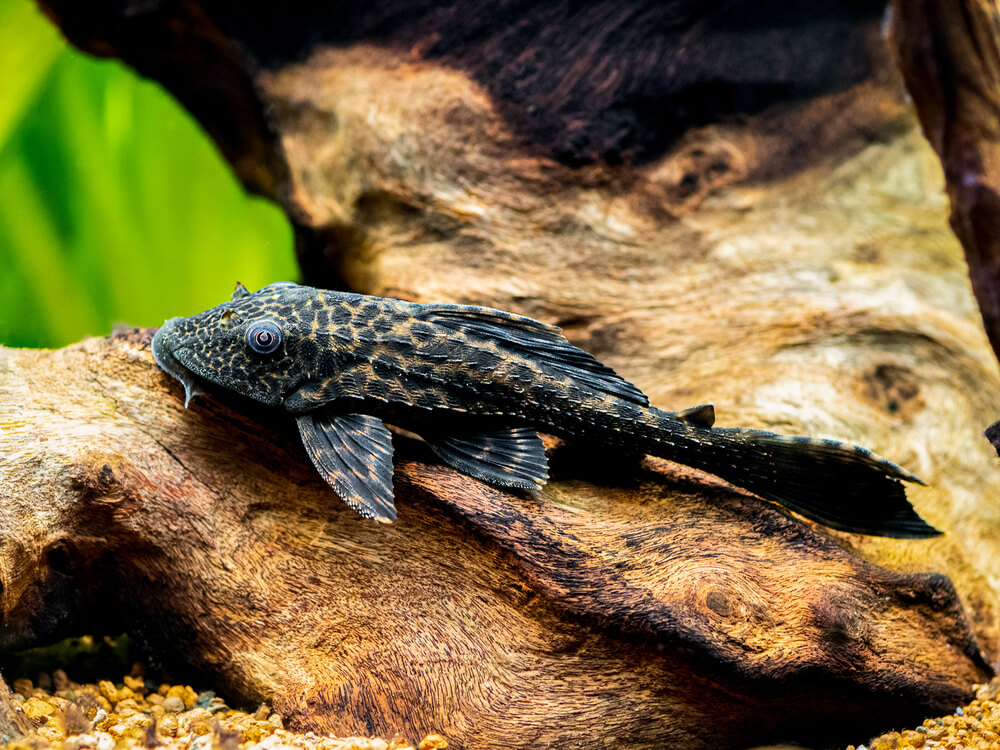
You might be familiar with the Common Pleco, a popular freshwater fish often found in home aquariums. With its striking appearance and distinctive features, the Common Pleco has earned a rightful place in many fish enthusiasts’ hearts. From its large size to its unique patterns, this fish is a true beauty to behold. In this article, we will explore the fascinating world of the Common Pleco, highlighting its characteristics, habitat, and care requirements.
Physical Description
Size and shape
The Common Pleco, also known as Hypostomus plecostomus, is a large and robust freshwater fish. It can grow up to 24 inches in length, making it one of the largest species of plecos. The body of the Common Pleco is elongated and cylindrical in shape, tapering towards the tail. It has a high-backed profile and a flattened belly. The head of the Common Pleco is broad, and it is characterized by its large, sucker-like mouth.
Coloration
The Common Pleco displays a distinctive color pattern. It has a dark-colored body that is usually covered in black or dark brown spots. These spots can be irregular in shape and size, giving the fish a mottled appearance. The belly of the Common Pleco is light in color, often ranging from beige to yellow. The coloration of the Common Pleco helps it blend with the riverbed rocks and aquatic plants in its natural habitat.
Body structure
The body of the Common Pleco is armored with overlapping bony plates called scutes. These plates provide protection from predators and are an essential feature of the species. The Common Pleco also possesses a large, muscular caudal peduncle, which allows it to generate powerful swimming movements. Its mouth is located on the underside of the head and is equipped with strong lips and teeth designed for scraping algae and detritus from surfaces.
Habitat and Distribution
Native range
The Common Pleco is native to South America, specifically in the rivers and streams of the Amazon basin. It can be found in countries such as Brazil, Colombia, Peru, and Venezuela. The warm and tropical climate of these regions provides ideal conditions for the species’ survival.
Introduced populations
The Common Pleco has been introduced to many other parts of the world due to its popularity as an aquarium fish. It has been reported in various regions, including North America, Europe, Asia, and Australia. These introduced populations often result from pet owners releasing their plecos into local waterways, where they can establish self-sustaining populations.
Preferred habitats
In its native range, the Common Pleco is primarily an inhabitant of fast-flowing rivers and streams. It prefers areas with rocky substrates where it can hide among crevices and take cover under submerged logs and vegetation. The species is also known to inhabit calm backwaters and flooded forest areas during the rainy season. The presence of algae, driftwood, and aquatic plants is essential for the Common Pleco’s well-being, as it relies heavily on them for food and shelter.
Behavior
Solitary or social
The Common Pleco is primarily a solitary fish. In the wild, it tends to lead a solitary lifestyle, with individuals typically occupying their own territories within their preferred habitats. However, in larger aquariums, it is possible to house multiple Common Plecos together. When kept in groups, they may establish a hierarchy and display territorial behaviors towards one another.
Activity patterns
The Common Pleco is primarily nocturnal. It is most active during the night, using its excellent sense of smell and touch to navigate and search for food. During the day, the Pleco tends to hide in caves, under rocks, or in dense vegetation, seeking shelter from potential predators. It is a bottom-dwelling fish, spending the majority of its time foraging and exploring along the riverbed.
Feeding behavior
As an herbivorous fish, the Common Pleco has a unique feeding behavior. Its mouth is specially adapted for scraping algae and other plant matter from surfaces. It uses its sucker-like mouth to attach itself to rocks, driftwood, or aquarium glass, and then removes food particles with its teeth-like plates. The Common Pleco’s diet primarily consists of algae, but it may also consume detritus, vegetables, and small invertebrates that it comes across while foraging.
Reproduction
Breeding habits
Breeding behavior in the Common Pleco is not well-documented, as successful breeding is challenging to achieve in captive settings. However, in the wild, it is believed that the species engages in courtship rituals, where males establish and defend territories. They may display territorial behaviors such as aggressive chasing and fin-flaring to attract females.
Egg-laying
Common Plecos are oviparous, meaning they reproduce by laying eggs. Females typically select a suitable location, such as a cave or crevice, to deposit their eggs. The male then fertilizes the eggs by releasing a cloud of sperm over them. The female guards the eggs until they hatch, and it is believed that both parents may also tend to the brood, protecting them from potential threats.
Parental care
Once the eggs hatch, the fry, or baby Plecos, are left to fend for themselves. They are born with a yolk sac that provides nourishment for their initial growth. The fry will gradually absorb the yolk sac and begin to feed on microscopic organisms and algae as they develop. Adult Plecos do not provide direct parental care beyond guarding the eggs and ensuring their safety until hatching.
Diet
Herbivorous tendencies
The Common Pleco is primarily herbivorous, with a specialized diet focused on algae consumption. It plays a crucial role in maintaining the health of aquatic ecosystems by feeding on excess algae growth, which can negatively impact water quality and aquatic plant survival. Plecos are well-equipped to scrape and consume various types of algae, including green algae, diatoms, and filamentous algae.
Supplementary feeding
While the Common Pleco’s diet mainly consists of algae, it is essential to supplement their diet with other plant matter and occasional protein-rich foods. In captivity, common dietary supplements include blanched vegetables such as zucchini, cucumber, and spinach. Commercially prepared pleco pellets and wafers are also available and can provide additional nutrition to ensure a balanced diet for these fish.
Preferred food sources
The Common Pleco prefers to feed on filamentous and green algae that grow on rocks, driftwood, and plant leaves. It may also consume detritus, small invertebrates, and other organic matter found in its environment. Offering a variety of algae-rich surfaces as well as suitable supplemental foods is crucial to maintaining good health and preventing nutritional deficiencies in captive Common Plecos.
Maintenance and Care
Tank size and setup
Due to its large adult size, the Common Pleco requires a spacious tank with adequate swimming space. A tank size of at least 75 gallons is recommended for a single Common Pleco, with larger tanks being preferable. The tank should be furnished with plenty of hiding spots, such as caves, rocks, and driftwood, to replicate the Pleco’s natural habitat. Providing open areas for swimming is also important.
Water quality requirements
The Common Pleco is relatively tolerant of varying water conditions but thrives in clean and well-maintained tanks. Regular water changes are necessary to remove accumulated waste and maintain water quality. Ideal water conditions for the Common Pleco include a pH range of 6.5 to 7.5 and a temperature range of 75 to 82 degrees Fahrenheit. Efficient filtration and the use of a heater may be necessary to maintain stable water parameters.
Feeding and monitoring
When it comes to feeding, the Common Pleco is an opportunistic eater. It is essential to provide a varied diet that meets its nutritional requirements. Along with offering algae-rich surfaces, provide blanched vegetables and pellets or wafers designed specifically for plecos. Monitoring the Common Pleco’s feeding habits and watching for signs of overfeeding or dietary deficiencies is crucial to its overall health and well-being.
Compatibility with Other Fish
Suitable tankmates
The Common Pleco is generally peaceful and can coexist with a variety of fish species in a community tank setting. It is best to choose compatible tank mates that are not too small or delicate, as the Pleco’s size and feeding habits may cause unintentional harm. Common tankmates for the Common Pleco include larger tetras, barbs, gouramis, cichlids, and other similarly sized armored catfish species.
Aggression concerns
While the Common Pleco is generally docile, it may display territorial behaviors towards other bottom-dwelling fish and attempt to establish its own territory. This behavior is more likely to occur in smaller tanks with limited space and when resources such as hiding spots and food are scarce. Providing ample hiding places and ensuring the availability of enough food can help prevent aggression.
Breeding considerations
Breeding the Common Pleco in captivity is challenging and should be attempted only by experienced aquarists. For successful breeding, it is essential to provide suitable conditions, including proper tank size, water quality, and diet. Controlling water parameters and simulating the natural reproductive behaviors of the fish may also be necessary. Breeding is more likely to occur when a male and female are properly paired and provided with optimal conditions.
Common Health Issues
Water parameters
Imbalanced or poor water quality can have detrimental effects on the health of the Common Pleco. High ammonia, nitrite, and nitrate levels can lead to stress and weakened immune systems, making the fish more susceptible to diseases. Regular water testing and maintenance of appropriate water parameters are essential to prevent health issues.
Parasitic infections
Like any other aquarium fish, the Common Pleco is prone to parasitic infections. Common parasites that may affect the species include ich (Ichthyophthirius multifiliis), which appears as white spots on the fish’s body, and flukes (Monogenea), which can cause skin and gill irritation. Treating the tank and infected fish with appropriate medications and maintaining good hygiene practices can help prevent and treat parasitic infections.
Diet-related problems
A lack of dietary variety or poor nutrition can lead to numerous health issues in the Common Pleco. Insufficient algae and plant matter in the diet can result in nutritional deficiencies, such as weakened immune systems, stunted growth, and development problems. Additionally, overfeeding or offering improper food can lead to obesity, digestive issues, and poor overall health. Providing a well-rounded diet and monitoring food consumption is essential for the health of the Common Pleco.
Tank Setup and Maintenance
Filtration system
A reliable and efficient filtration system is crucial when keeping the Common Pleco in an aquarium. The species produces a significant amount of waste, especially given its large size, so a filter capable of handling the tank’s bioload is necessary. A combination of mechanical, biological, and chemical filtration is recommended to maintain optimal water quality and remove organic waste effectively.
Aquarium decorations
Decorating the tank with suitable materials is important for the well-being of the Common Pleco. The provision of caves, rocks, and driftwood replicates the species’ natural habitat and provides hiding spots and resting areas. These decorations also serve as substrates for algae growth, which is an essential food source for the Common Pleco. Live or artificial plants can also be added to provide additional coverage and enrichment.
Water temperature and pH
Maintaining stable water temperature and pH levels is vital for the Common Pleco’s health. The species thrives in tropical environments with a temperature range of 75 to 82 degrees Fahrenheit. The pH should ideally be within the range of 6.5 to 7.5. Consistency in water parameters is crucial, and sudden fluctuations or extremes should be avoided to prevent stress and potential health issues for the fish.
Conservation Status and Threats
Endangered status
As of now, the Common Pleco is not classified as an endangered species. However, habitat destruction and the illegal pet trade pose threats to its populations in some regions. It is crucial to ensure responsible and sustainable practices when obtaining and keeping Common Plecos as aquarium fish to minimize potential negative impacts on wild populations.
Habitat destruction
The Common Pleco’s natural habitats, particularly the rivers and streams of the Amazon basin, are under constant threat from deforestation, water pollution, and dredging. The destruction and alteration of these habitats can have severe consequences for the ecological balance of the region and the survival of the Common Pleco and other freshwater species. Conservation efforts must focus on preserving and restoring these habitats to ensure the survival of the species.
Illegal trade
The Common Pleco is a highly sought-after aquarium fish, and the demand for it has led to illegal trade and collection from the wild. Unsustainable harvesting and illegal practices can have detrimental effects on wild populations, depleting their numbers and disrupting their natural habitats. Promoting responsible aquarium practices, supporting captive breeding efforts, and discouraging the purchase of wild-caught Common Plecos are crucial steps towards conserving the species.
